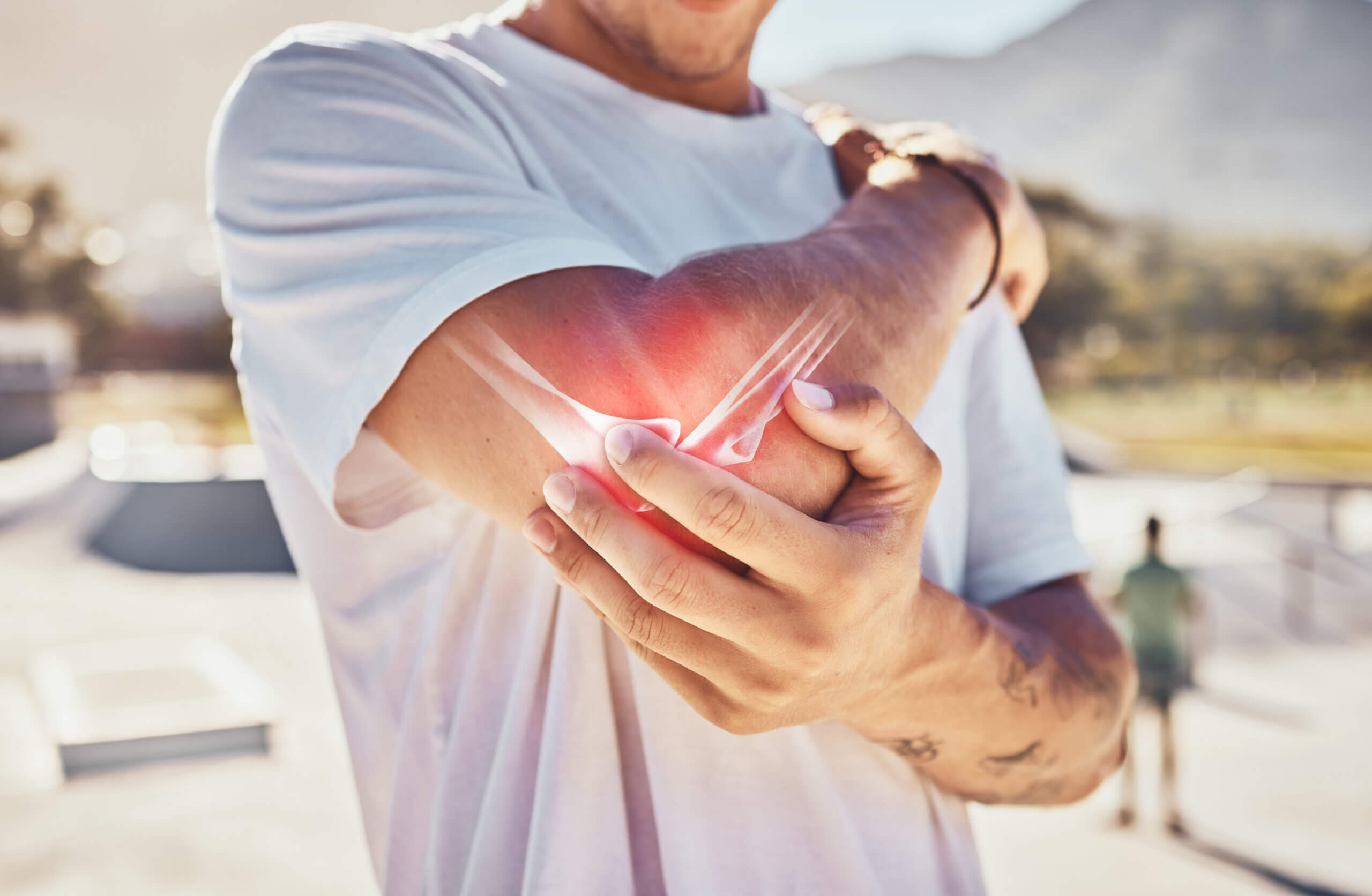You may have noticed that your joint pain waxes and wanes, whether its source is an accidental injury, a congenital abnormality, or a disease condition, even if internal factors like your mood, your weight, and your lifestyle remain constant.
This fluctuation in your pain level is explicable. Pain is subject to variations due to several factors, only some of them under your control. Nonetheless, whatever pain you are experiencing can be diminished by the treatments available at Long Island Spine Rehabilitation Medicine. Contact any of our five convenient offices to find out how.
Ways Our Doctors Help Lessen Chronic Joint Pain
The doctors at Long Island Spine Rehabilitation Medicine are physiatrists, meaning that we specialize in pain relief and restoration of function without surgical intervention. In other words, we are focused on making you feel better through a broad range of therapies, both traditional, like physical therapy and corticosteroid injections, and complementary, like acupuncture and pulsed electromagnetic field (PEMF). Whatever type of musculoskeletal pain you’re experiencing, call on us for effective, customized treatment.
Variables That Affect the Severity of Chronic Pain
Many factors, both inside and outside your own body, can have an impact not only on your joints themselves but also on the way you perceive pain. That’s why pain is such a complicated manifestation of injury or illness. Changes in external factors partially explain the spectrum of reactions to pain by different people or by the same person at different times.
External Variables That Affect Pain Levels
1. Weather
Most people are aware of anecdotal evidence that bad weather (rainy, cold, prior to a storm) makes joint pain worse. Many of these same people are not aware that this evidence is based on scientific facts.
It has been proven that drops in atmospheric pressure cause muscles, cartilage, and ligaments to expand, increasing pressure on nerves that signal pain. Since cartilage damaged by arthritis exposes more joint nerves, patients with arthritis (whether osteoarthritis or rheumatoid arthritis) are more likely to be affected by changes in atmospheric pressure.
Similarly, low temperatures increase the thickness of synovial fluid (the fluid that lubricates the joints), causing patients increased pain and joint stiffness. Also, when the body is chilled, more blood automatically flows to the heart and lungs, and therefore the circulation of blood to the limbs lessens, further increasing pain and stiffness.
On top of these factors, cold, damp weather tends to keep people indoors and inactive, making joint pain even worse.
2. Natural Light
The National Institutes of Health (NIH) has reported the results of a study that checked for hospitalized patient responses to pain when they were exposed to varying amounts of sunlight. This was accomplished by putting some patients in bright rooms (exposed to more sunlight) and some in dim rooms (exposed to less sunlight). Those in the brighter rooms were exposed to 46 percent more natural light.
The results were impressive. Patients in the brighter rooms required 22 percent fewer opioid-equivalent painkillers.
3. Scenic Imagery
Once again, most of us are aware that beautiful natural surroundings and lovely art can help us manage physical and emotional pain, and that the right music can also be soothing enough to decrease pain intensity and the anxiety that accompanies it. Now this claim, too, has been validated by the NIH study. Compared to a control group, patients exposed to videos of natural beauty and calming music reported significant reductions in pain intensity and anxiety.
Interestingly, in terms of art exposure, patients who viewed art based on images of nature had the most positive responses in terms of reduced pain and patients who viewed abstract art had a higher level of anxiety, and anxiety is known to intensify pain.
Scientific studies explain many of the variations in your joint pain, but, unfortunately, they do not make it disappear. Still, remembering to surround yourself with the positive energy of sunlight, beautiful art, and music you enjoy, can help you heal between visits to our competent, caring physiatrists.
Contact Our Experienced Joint Pain Doctors Today
Long Island Spine Rehabilitation Medicine is a holistic practice. We are fully aware of the body-mind connection and will work collaboratively with you to lessen your pain and improve your mobility. Contact us now. We are committed to improving your quality of life.
